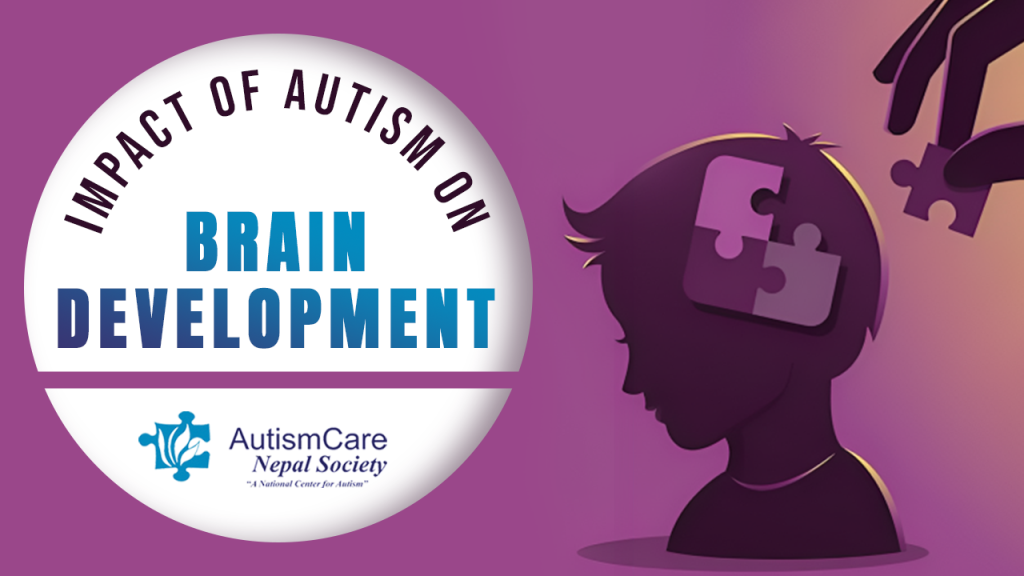Autism Spectrum Disorder (ASD) is a complex neurodevelopmental condition characterized by challenges in social interaction, communication, and repetitive behaviors. The impact of autism on brain development is a subject of extensive research, and while much is still being discovered, certain key aspects provide insight into how ASD influences the structure and function of the brain.
- Neural Connectivity: Autism is associated with alterations in neural connectivity, the way different parts of the brain communicate with each other. Studies using neuroimaging techniques have revealed differences in the connectivity patterns within the brains of individuals with ASD compared to neurotypical individuals. These differences can affect various cognitive functions and contribute to the diverse range of symptoms observed in autism.
- Brain Structure: Structural abnormalities in the brain have been identified in individuals with autism. Studies have shown changes in the size of certain brain regions, such as the amygdala, hippocampus, and cerebellum. The amygdala, involved in processing emotions, is often found to be enlarged in individuals with ASD. Understanding these structural changes can provide valuable insights into the neural basis of social and emotional difficulties experienced by individuals with autism.
- Functional Differences: Functional MRI studies have demonstrated that individuals with autism may exhibit atypical patterns of brain activation during various tasks. Differences in how the brain processes social stimuli, language, and sensory information contribute to the characteristic challenges faced by individuals with ASD. These functional differences can influence behavior, learning, and the ability to adapt to different environments.
- Early Brain Development: The impact of autism on brain development often begins in early childhood. Some research suggests that atypical brain development may start during prenatal or early postnatal periods. Genetic and environmental factors play a role in shaping the trajectory of brain development in individuals with ASD. Understanding these early developmental processes is crucial for early diagnosis and intervention.
- Genetic Influences: Autism has a strong genetic component, and researchers have identified numerous genetic variations associated with an increased risk of developing ASD. These genetic factors can influence the development of neural circuits and contribute to the observed differences in brain structure and function. However, the interplay between genetics and environmental factors is complex and not yet fully understood.
- Plasticity and Adaptation: The brain’s ability to adapt and reorganize itself, known as neuroplasticity, is evident in individuals with autism. While some aspects of neural connectivity may be atypical, the brain demonstrates a remarkable capacity for adaptation. Early intervention and targeted therapies aim to leverage neuroplasticity to enhance cognitive and behavioral outcomes for individuals with ASD.
In conclusion, the impact of autism on brain development is multifaceted and involves a complex interplay of genetic and environmental factors. Advances in neuroscience and technology continue to deepen our understanding of these processes, offering hope for more effective interventions and support for individuals with autism and their families. Early diagnosis and targeted interventions that take into account the unique neural profiles of individuals with Autism Spectrum Disorder ASD can play a crucial role in promoting positive outcomes and improving the quality of life for those affected by this condition.
